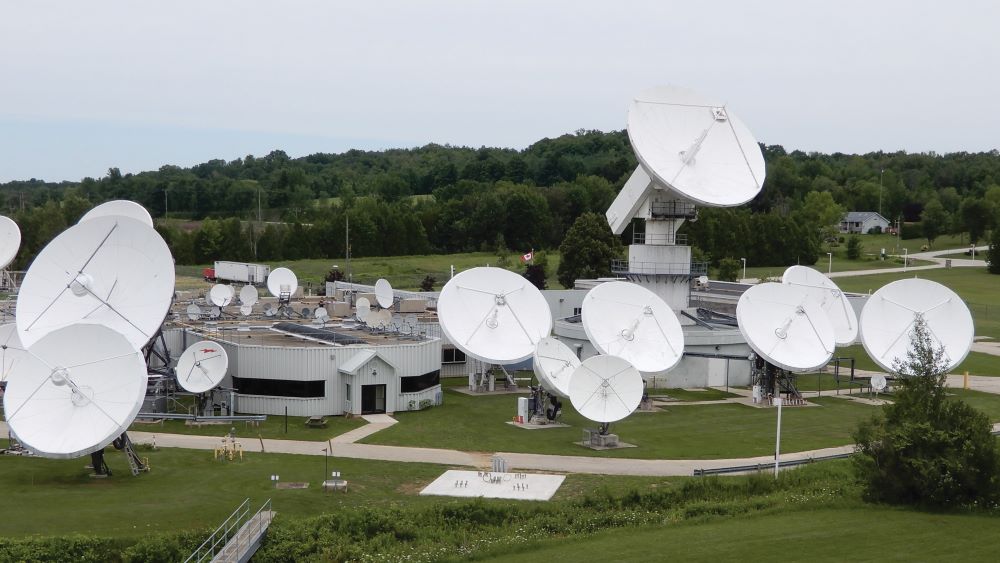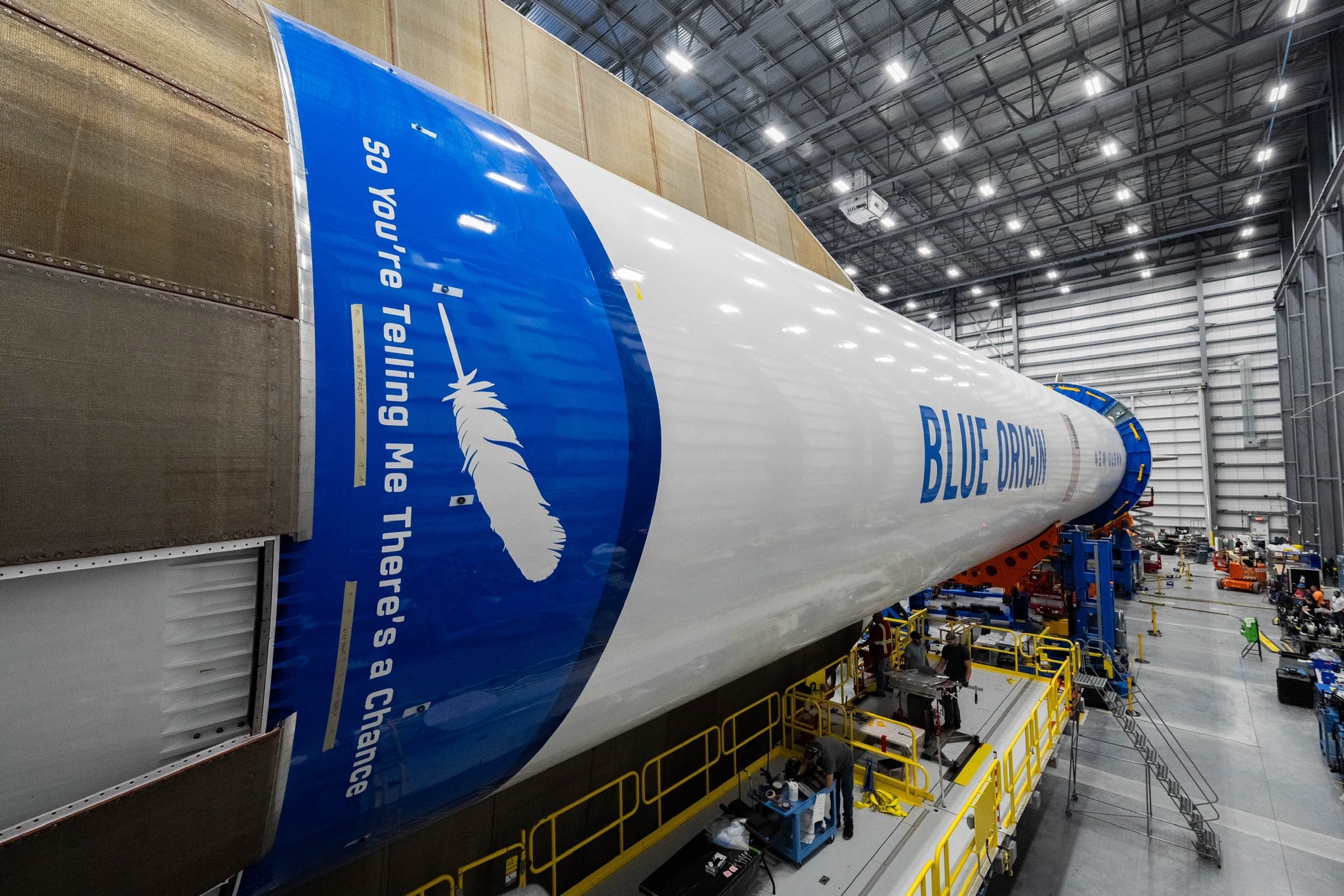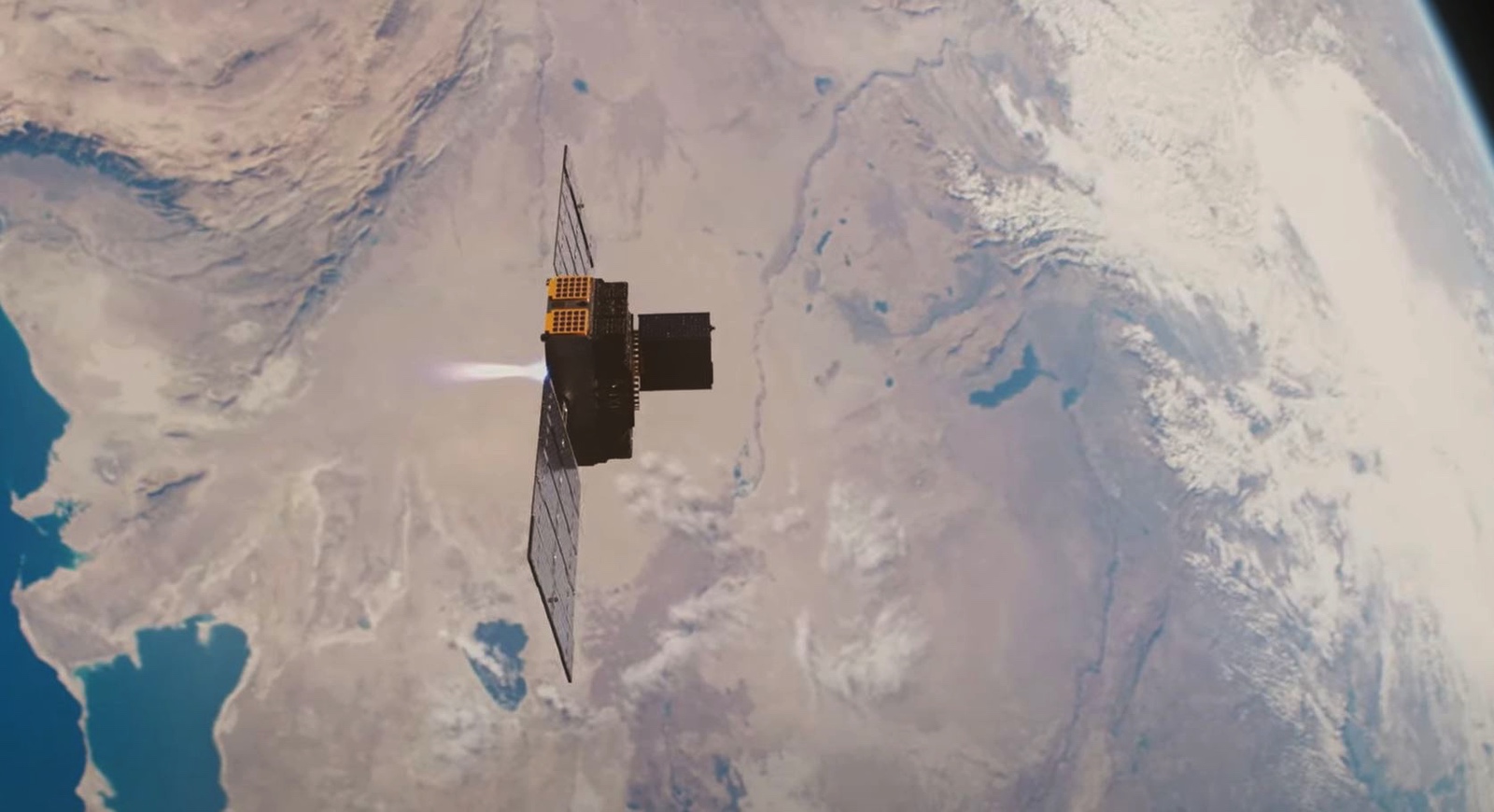TAMPA, Fla. — Telesat has ordered 127 gateway antennas from South Korea’s Intellian for its upcoming Lightspeed low Earth orbit (LEO) broadband network, the Canadian geostationary satellite operator announced Oct. 23.
The antennas will be installed across roughly 20-30 sites worldwide, according to Aneesh Dalvi, Telesat’s vice president for Lightspeed development.
Dalvi said construction has already started at some sites ahead of plans to start deploying 198 satellites for the constellation in mid-2026.
The gateways will reduce latency for the constellation, which MDA is equipping with optical inter-satellite links (OISLs) to reduce dependence on ground-based systems.
These OISLs would also help Lightspeed avoid the deployment issues that have delayed Eutelsat’s rival OneWeb network by about a year. While OneWeb has already deployed enough satellites for global coverage, it still requires additional gateways to enable full commercial services, now targeted for spring.
“We can provide service anywhere in the world on day one by bringing all the traffic back by the OISLs to the landing stations that we have built,” Dalvi said.
Lightspeed satellites are currently in the preliminary design review phase at MDA, which is in the middle of building a mass-manufacturing facility to produce them as part of a shift to serve the bourgeoning constellation market as a prime contractor.
Meanwhile, Telesat continues to conduct demonstrations for potential Lightspeed government and enterprise customers with a prototype called LEO 3 that Rocket Lab launched last year.
SpaceX, which operates the Starlink broadband constellation that would compete with Lightspeed, has a multi-launch contract covering all of Telesat’s LEO satellites.
Telesat secured government funds in September covering more than half the $3.5 billion cost of Lightspeed and plans to use its own equity to finance much of the remaining amount.



